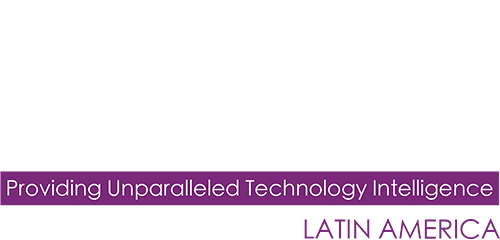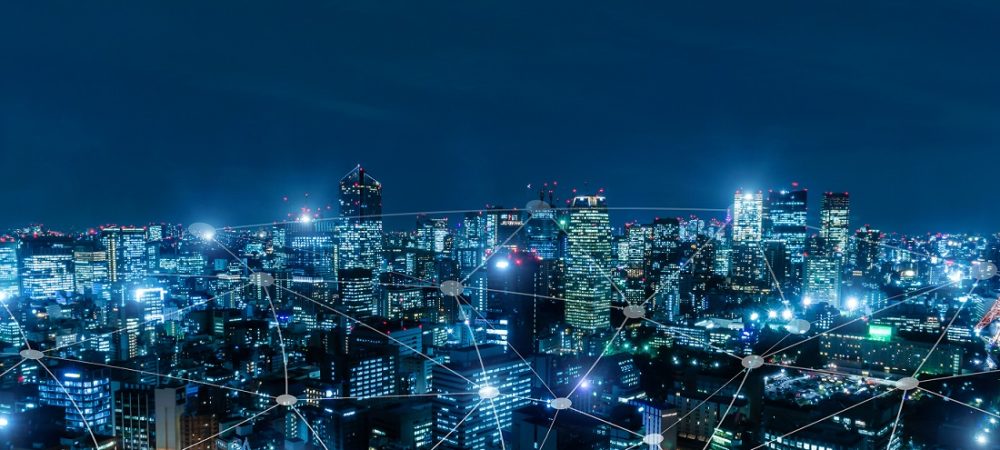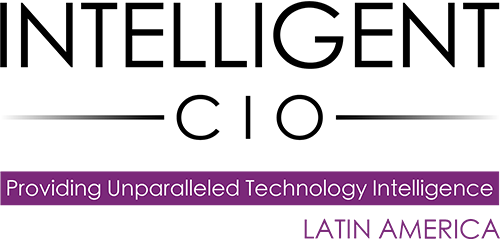Fernando Moulin, Business Partner at Sponsorb, one of the main Brazilian companies specialized in Digital Transformation and customer experience, explains the reality of 5G in Brazil and makes a comparison with the concept of the Internet of Things (IoT).
The technology market is increasingly dynamic. There is an explosion of start-ups, new technologies and solutions in which companies are investing more and more, looking for other ways to make people’s lives easier and increase their value. The most important at the moment is 5G technology, something that we will soon see strongly in Brazil.
Whoever thinks that 5G will only bring about a change in speed is wrong. 5G will bring a revolution in all interactions of companies with companies, consumers with companies, consumers with other consumers and also of companies and consumers with objects and things.
5G, which has already been tried out in pilot mode in some regions of Brazil, goes far beyond offering just more connection speed, which is still a tangible gain, since it is 20 times faster than 4G.
In South Korea, for example, 5G has been a reality since 2019, and several innovative entertainment solutions using Augmented Reality (powered by technology) can be found on YouTube videos. Here in Brazil, at the end of the first quarter of 2021, we are still discussing the telecommunications auction, which already promises to be postponed again for the second semester of the year – and 5G is likely to stay unused until 2022 or until 2023, which will further delay the technological development that the country will be able to obtain with this technology.
For now, few devices support 5G in Brazil (although new releases are coming monthly), and the most you can do is watch movies on a faster stream. But also in Korea, the reality is already totally different, with applications of technology in solutions ranging from better monitoring and control of public services such as lighting and treated water, as well as in borders associated with the more effective use of telemedicine to control the COVID-19 pandemic.
And where does the Internet of Things come in?
The concept of the Internet of Things is based on the understanding that 5G networks will make it possible, by their characteristics, to help connect the items used in daily life to the world wide web – ‘things’ such as appliances, transport, clothes, home parts and door handles connected via the Internet to other devices.
5G will be what will enhance the Internet of Things and complement it. It would be like asking if the iPhone and 4G are the same; No, 4G only powers the iPhone, which has faster access to the Internet and improves the experience. What 5G will do with the internet of things will be the same.
Telemedicine and its practical applications will be one of the first great examples of this radical transformation. Imagine that Dr. João, from São Paulo, will be able to operate on Dona Maria, in Recife. In normal times, he gets on a plane and goes to the hospital. But what if Dr. João stays in São Paulo and performs this procedure remotely?
Using IoT and 5G, the surgery can be done remotely, saving valuable time and resources previously spent on Dr. João’s journey and travel. He will be able to control a robotic arm to operate the patient remotely and instantly, because the arm emulates the actions taken by the doctor through the sensors in it.
This is a huge gain from 5G’s ‘marriage’ to the Internet of Things. What if Dr. João needs Dr. Amanda to help with the surgery and she is in Japan? For 5G, it does not matter, because the network will be so powerful that the physical location of the doctors no longer makes a difference, as long as the operation of the mechanical arm is done using this type of technology in the same operating room as the patient.
5G and IoT for the consumer
The examples of potential applications are virtually endless. We will be able to make expeditions to remote places experiencing explorers’ emotions, in the comfort and security of our homes; Or even learn with the use of distance learning techniques enhanced by the use of virtual avatars that will be projected from our televisions; Or smartwatches that we will be able to speak and interact from as if they were human; and several other examples of science fiction from the past that will become a tangible and widespread reality.
When we all have these devices in hand, we’ll effectively see their functionality and how we’ll benefit from them. Whirlpool, for example, already uses IoT devices for predictive maintenance, environmental controls, monitoring processes using traditional Wi-Fi networks in the local area.
However, the home appliance giant expects 5G technology to deploy forklifts and other autonomous vehicles, thereby reducing costs and increasing productivity – words that every manager loves.
Imagine a society in which all these economies and scale efficiencies become reality and can be passed on for our benefits, or users, with better and cheaper products and services. This may even reduce some of the social disparities that are so great in Brazil and why not?
And before anyone thinks I’m a dreamer, I recommend you to look for more information about the impact of technological advances on the economy of each family, the generation of wealth in society since the invention of the steam engine and the rise of the Industrial Revolution.
The advent of the Internet of Things and 5G on a scale could represent a transformation as, or more, profound than it is for ourselves, our companies and society in general.


